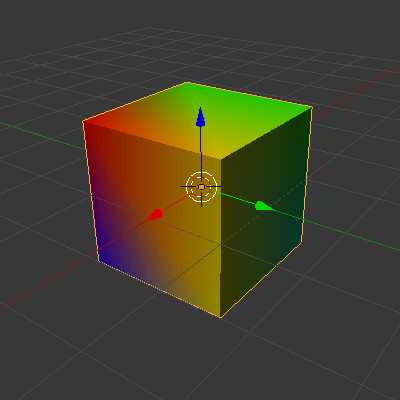Let me preface this by saying that I am not familiar with 3d modeling at all. In fact I know almost nothing about it. This is perhaps why I've decided to write my own 3D model format and my own 3D modeling software from scratch (I didn't want to deal with existing formats, which seemed quite complex for what I wanted to do) .
Now my 3D modeling software is quite adequate for small things, but it's really slow to use and unfit for organic shapes.
My 3D model format is very simple;
-25,4.48,-25:251,252,250
-24,4.58,-25:250,253,250
-25,4.62,-24:250,252,251
-24,4.58,-25:250,253,250
-24,4.62,-24:250,253,251
-25,4.62,-24:250,252,251
-25,4.62,-24:250,252,251
-24,4.62,-24:250,253,251
...It's broken in 2 part, the first 3 numbers (separated by ',') are floating point values representing the location of a vertex and the last 3 numbers represents the RGB value of the color of that vertex. Triangles are simply drawn by taking the first 3 vertex, then the next 3, etc till the whole list is drawn. Of course once loaded this data takes the form of a model class, which is a list of instances of a small vertex class.
As you can imagine, this is probably the simplest way to store a model that contains "textures" (which I use loosely), but is good enough for my game. I've looked at several model format but mine seems quite unique at what it does.
Is there anything like it out there? I would like to write a small converter to take models made with more competent 3D software and use them in my engine. Another option would be to write a plugin for an existing 3D modeling software, but I am unsure on how I would go about that since I have almost no experience with them. Could anyone point me in the right direction? At first it seemed like a reasonably simple thing to do but the more I investigate the question the more I think I'll just have to spend a few days fleshing out my own 3D modeling software.








